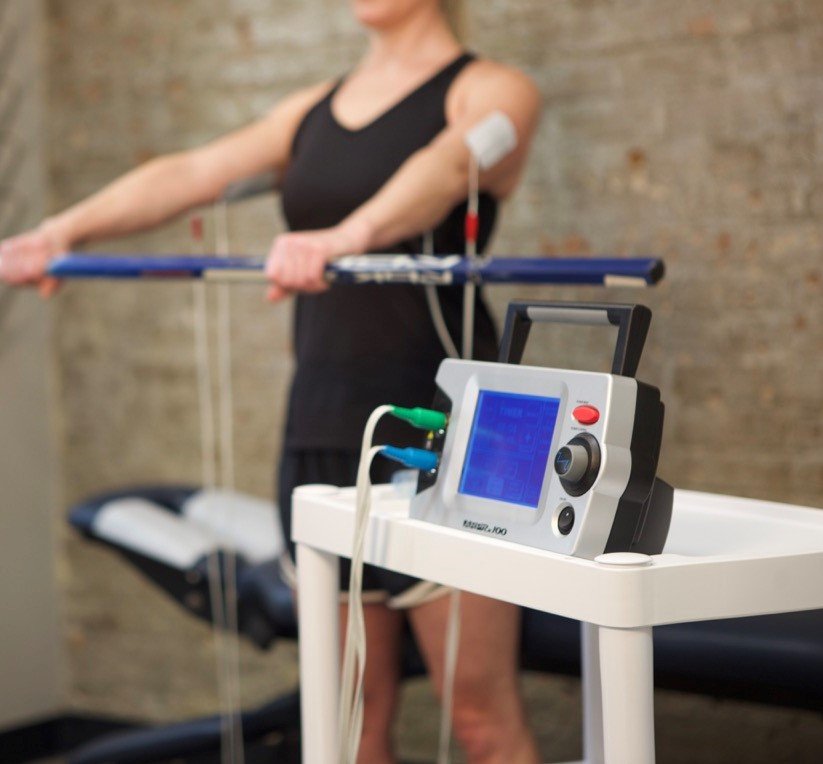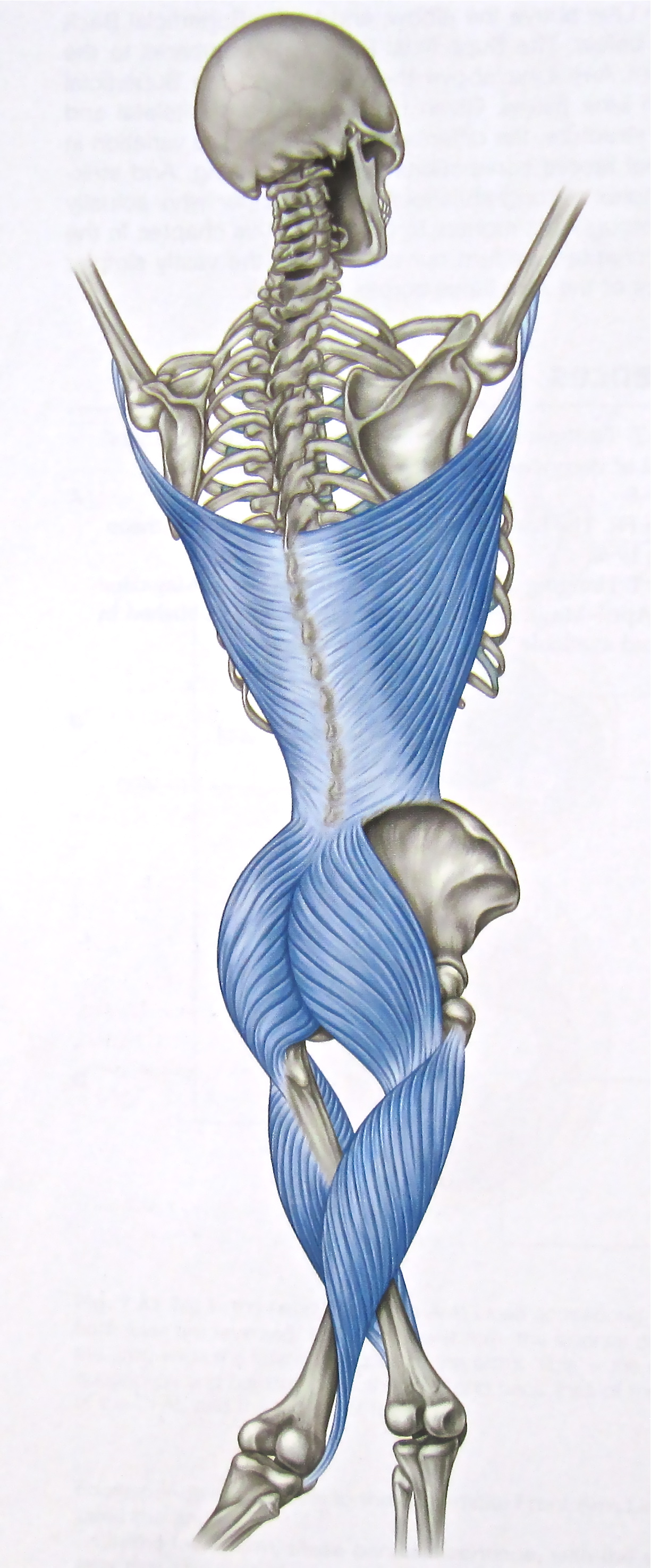Motus Minutes
A resource for information and advice on whole health concepts on the care and maintenance of the musculoskeletal system for the general public. Topics include current therapies for injuries, nutritional aspects and advice and the effect of the the musculoskeletal system on overall physical and emotional health.
Live to Move...Move to Live
Introduction to Accelerated Recovery Performance (ARP) Neuro Therapy
ARPneuro Therapy treats the soure of MSK pain and dysfunction
The core of ARPneuro therapy is the ability to identify and treat the source of muscular-skeletal pain (MSK) and dysfunction which is a fundamental shift in the addressing MSK disorders; current approaches primarily focus on addressing symptoms only rather than addressing the true cause of the symptoms.
Recent peer-reviewed studies have demonstrated that the use of Neuromuscular electrical stimulation (NMES), such as ARP Neuro therapy, may have a profound effect in the adaptation and restoration of motor patterns in injured individuals¹. Abnormal or dysfunctional motor patterns may arise from previous injuries, such as low back pain, or lifestyle habits, such as extended computer keyboard work, and result in a persistent dysfunctional movement pattern leading to injury and pain².
Recent evidence cited above is demonstrating that adaptive and restorative effects of NMES therapies, such as ARPneuro, may result in the long term alleviation of persistent MSK issues that have not responded to conventional therapies. In addition, the evidence is demonstrating that these adaptive and restorative effects occur when the NMES stimulus is delivered above normal motor stimulus, in other words, when the stimulus is greater than what the individual can contract a muscle on their own³. Evidence also points to the use of NMES therapies, such as ARPneuro, which may also assist in preventing muscle loss and atrophy (sarcopenia) due to inactivity⁴.
Persistent and reticent MSK issues, such as neck and low back pain, shoulder pain, carpal tunnel syndrome, knee pain and plantar fasciitis all typically are due to an underlying abnormal motor patterning which can be addressed through ARPneuro therapy. In addition, fall prevention in the elderly may be enhanced by addressing the lower limb weakness due to inactivity through ARPneuro therapy.
To learn more about ARPneuro therapy click on the button below:
Sources:
[1] Carson, R.G. and Buick, A.R. (2021), Neuromuscular electrical stimulation-promoted plasticity of the human brain. J Physiol, 599: 2375-2399. https://doi.org/10.1113/JP278298
[2] Mujawar JC, Sagar JH. Prevalence of Upper Cross Syndrome in Laundry Workers. Indian J Occup Environ Med. 2019;23(1):54-56. doi:10.4103/ijoem.IJOEM_169_18
[3] Carson, R.G. and Buick, A.R. (2021), Neuromuscular electrical stimulation-promoted plasticity of the human brain. J Physiol, 599: 2375-2399. https://doi.org/10.1113/JP278298
[4] Antoine Langeard, Lucile Bigot, Nathalie Chastan, Antoine Gauthier, Does neuromuscular electrical stimulation training of the lower limb have functional effects on the elderly?: A systematic review, Experimental Gerontology, Volume 91,2017,Pages 88-98, ISSN 0531-5565, https://doi.org/10.1016/j.exger.2017.02.070
HOW THE SUGAR INDUSTRY SHIFTED THE BLAME TO FAT
The sugar industry paid scientists in the 1960s to play down the link between sugar and heart disease and promote saturated fat as the culprit instead, newly released historical documents show. A recent article by by the American Medical Association (full article here) reveals that the sugar industry had significant influence on the outcome of nutritional research performed in the 1960's - much of these research has shaped and formed the nutritional guidelines that advise patients to avoid high fat foods and instead opt for low fat high sugar content foods - which may explain the current obesity crisis plaguing the US today. High intake of refined sugar certainly increases cardiac risk factors as well as initiating a chronic inflammatory state in the body - nicely outlined in Dr. Seaman's book listed below.
What does this mean for you? Re-thinking the low fat diet - which tends to lead to a high carb diet - towards a balanced diet consisting of lean proteins, fresh fruit and vegetables and 'good fats' (olive oil, coconut oils, avocados). Many of the dietary recommendation that the 'baby boomers' grew up with are no longer advisable to follow. Click the Learn More button to read the original NY Times article
Manual Therapy for core stability
Recent research is showing promising evidence that manual therapy may assist in the increasing the movement and sliding of the transverse abdominus (TrA), a key muscle in maintaining core stability. Manual pressure, either by hand or with a myofascial instrument, at the muscle-fascia junction of the TrA and the lumbar muscles increased sliding and contraction of the TrA. In one study these findings were confirmed via diagnostic ultrasound. (Abstract) This muscular-fascia junction is known as the lateral raphe and can be palpated in the lateral area of the lower flank.
What does this mean for you? Core stability is not just achieved through exercise alone, the balance of the core muscles to form a 'muscular-fascia corset' is dependent upon the proper contraction of the muscle in relation to one another. Myofascial therapies may assist in achieving this proper balance and firing pattern. If you are having difficulty developing core stability and balance consult with a manual therapy health care professional to assess the area of the lateral raphe. Home care strategies may include use of a foam roller over the area of the lower lateral flank, such as utilizing the roller in a side plank position. Click the Learn More button to view a You Tube video on foam rolling of the quadratus lumborum muscle - which would also be effective on applying direct pressure to the lateral raphe.
The role of diet and chronic inflammation
What you eat has a profound effect on the health of the musculoskeletal system. Many of todays highly refined and sugar packed foods place the body in a state of chronic inflammation - which has a huge effect on the ability of the body to handle stress and initiate the healing processes. Healing from an injury is actually driven by a series immune responses, chronic inflammation has a profound effect on altering these responses which leads to poor healing and chronic conditions developing. The role of a healthy musculoskeletal system in maintaining your physical and emotional health cannot be overemphasized, the key to keeping this system healthy is driven by proper diet and exercise (movement).
What does this mean for you? One of the best resources on addressing chronic health issues through nutrition is the 'Deflame Diet' - referring to 'deflaming' the chronic 'inflammed' state may of us are in. Shifting your diet away from refined grains and sugar toward fresh fruit and vegetables, lean meat and proteins will have a profound effect on the health of your musculoskeletal system and your overall well being. Want more information? Click the learn more button below to check out the Deflame Guidelines.




